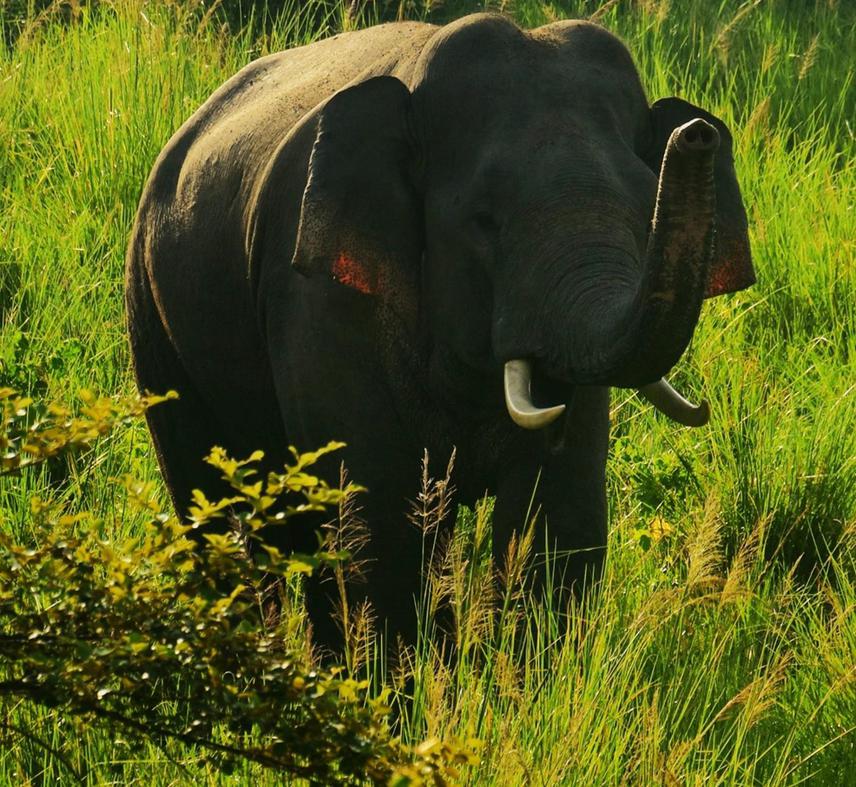Rama Mishra
Other projects
17 Sep 2014
Conflict to Coexistence: Training Locals to Save Themselves and the Elephants in Chitwan
26 Apr 2016
Develop Human Elephant Coexistence through Training and Awareness Programs to Locals Community in Central Nepal
4 Oct 2019
Assess Human-Elephant Conflict and Develop Human-Elephant Coexistence Through Community Awareness in Eastern Nepal
Human-elephant conflict (HEC) especially, elephant attacks on humans has become one of the major challenges for elephant conservation. Nepal has a small but growing population of >200 elephants in the highly fragmented Siwalik/Terai landscape in the southern part of the country. Encroachment and forest conversion in the past few centuries in this region have caused shrinkage in their habitats and loss of traditional migration routes. The rate of forest conversion is higher outside the protected areas. Elephants require a large area for their survival and move frequently beyond the protected areas. Conservation of elephants in the human-dominated landscape depends on the ability of human communities coexist with elephants.

Wild bull frequently observed in surrounding areas of Koshi Tappu Wildlife Reserve.
Elephants are frequently moving across the large areas of central and eastern Terai in Southern Nepal. Human-elephant conflict is also intense in these areas as forest is highly fragmented. Elephant attacks on humans causing injury or death, which is an extreme form of conflict, are more frequent in the forest fringes where marginalized communities with low awareness levels live. Most of the attacks can be avoided if locals are aware of elephant behaviour and act responsibly. Behaviour change conservation campaigns are important to develop elephant-friendly behaviours among communities. This project aims to create coexistence by reducing human casualties and ensure the long-term survival of elephants in highly fragmented human dominated Terai and Siwaliks landscape of Nepal.
Through this project, we will enhance the capacity of local communities to manage human-elephant conflict. The project will reach directly to >1,000 local residents living in the forest fringe of elephant migration routes. Indirectly (through brochures, posters, and radio programs), the project will reach to >400,000 people. A toolkit in the local Nepali language (training manual, poster and brochure) will be reproduced to conduct awareness camps to vulnerable communities. A group of youths from the eastern Terai (Sarlahi to Sunsari districts) will be selected and provided Training of Trainers (TOT) on human-elephant coexistence. All the TOT participants will organize awareness programs in their locality after the training. Also, a refresher training will be provided for those completed the TOT course last year from my previous RSG project in Koshi Tappu.